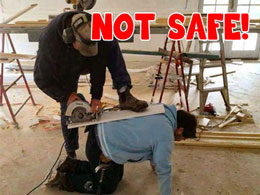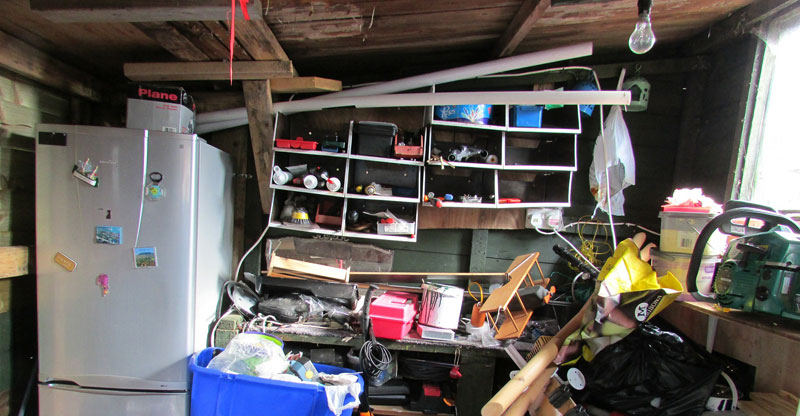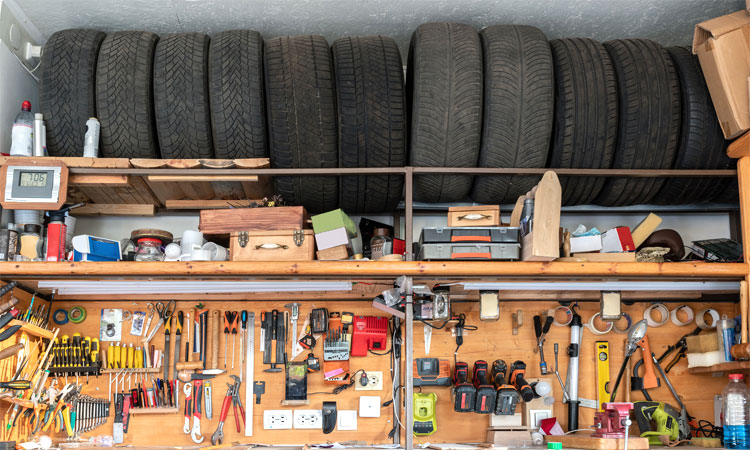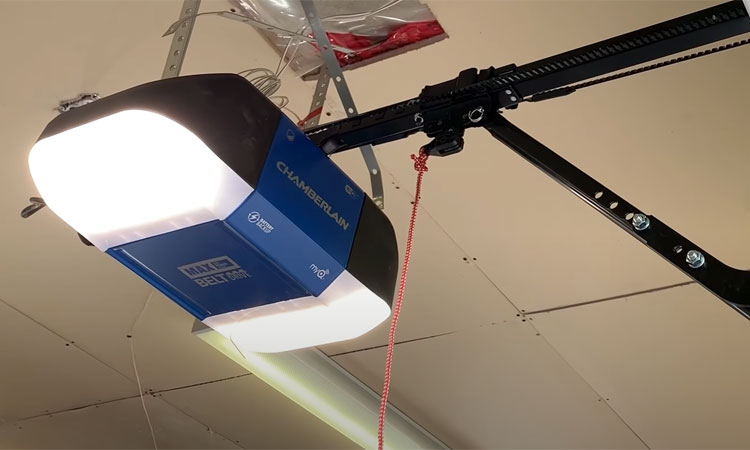9 Safety Tips for Every DIYer
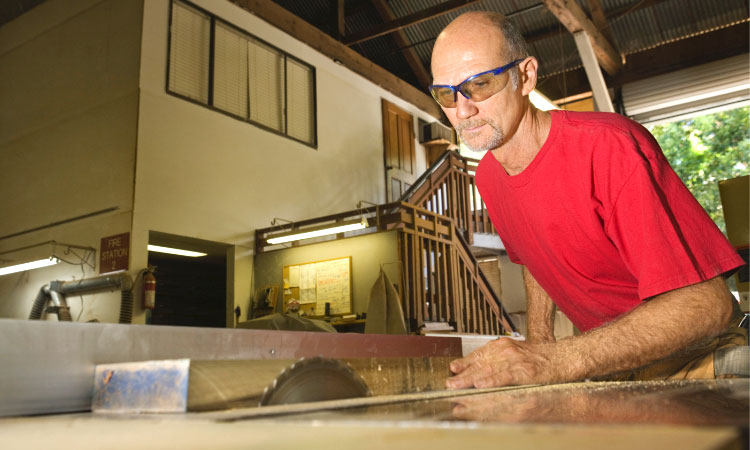
You can save a lot of money by taking on home improvement and repair tasks on your own. However, as a Garage Tooled reader, you should also know that the DIY sector accounts for tens of thousands of emergency room visits every year.
By all means, get started on those tasks, but always keep your personal safety in the front of your mind and do not take chances that could be more costly than the work itself. Here’s how.
See also: Top 10 Most Dangerous Tools in the Garage
Top 6 Garage Safety Tips
#1 – Protect Your Eyes
The most common type of construction injury, DIY projects included, is damage to the eyes. Eye protection (usually in the form of safety glasses) is affordable and easy to find, even online.
In most circumstances, a clear lens is the best type of safety glass, but working outdoors may be safer if you use tinted lenses that block UV light. Indoors, using safety glasses with amber lenses can help you see more clearly in dim conditions.
#2 – Power Tool Safety
The second most dangerous safety concern for your projects are your power tools. Always use the protective guards that come with table saws, wear safety glasses, and keep your hands well away from the cutting path of blades.
Keep in mind that when a blade binds it may kick back on you faster than you are able to react, and place your hands and feet accordingly.
Similarly, be careful of wearing loose-fitting clothing that can get caught by a blade or drill bit and drag you into a dangerous situation in the blink of an eye.
#3 – Avoid Ladder Injuries
The top rung on a step ladder should never be used as a step, because it drastically alters the center of balance for the ladder and creates a fall potential.
Do not attempt to move a ladder with tools on top of it, even with the built-in tool holding slots, as falling tools can cause injuries.
Ignoring the superstitious aspects, walking under an extension ladder is dangerous to the person under the ladder and anyone standing on the ladder’s rungs, because one little stumble can bring the whole thing tumbling down.
#4 – Hand Tool Awareness
Hand tools like utility knives and hacksaws have a potential to jump off the mark and can easily cause scrapes or cuts. If possible, use clamps to hold the material you are working with in place.
If that’s not possible, keep your hands and fingers as far away from the blade and cutting path as possible.
The safest method is to hold the material on the side of the tool away from the cutting path, or hold it forward of the cutting path if you are pulling a cutting tool towards you.
If possible, use a piece of wood as a cutting guide that blocks the blade from contact with your skin or clothing.
#5 – Eliminate Shocking Outcomes
Electricity can be especially dangerous and has a number of special considerations that should be made. Obviously, you should always use tools with UL approved insulated grips (like screwdrivers), but you should also keep these electrical tips in mind:
- Always turn off the power at the circuit breaker when working with wiring.
- Look around and identify wiring and power lines.
- Never place a ladder or platform where it can fall against a power line.
- Contact a utility locator before digging or trenching.
- Water and electricity never mix. If conditions are damp, turn off the power or postpone the job.
#6 – Working with Others
Do not allow someone else to hold nails or screws for you to prevent cuts and stab wounds. Before chopping or sawing, take a moment to look at your assistant and make sure they are not in the path of debris, and that they are clear of the area of kickback or arc if the tool should slip.
When carrying material together, one person should set their load down first. Never drop tools or material from a height of more than 4 or 5 inches to prevent injuries related to bouncing.
#7 – Proper Storage and Organization
It all starts with organization. Good storage habits need to be observed in the garage to prevent accidents. When you think about your garage as a storage facility, which it is, you will see that there are lots of potentially dangerous items… especially for kids.
Presence of sharp tools, nails, screws, and empty bottles and cans can cause real injury to children. The garage door can as well be a danger.
#8 – Garage Door Safety
It’s important for your kids to be well educated on the looming dangers in a garage when in or around the garage. Garage door switches need to be located high up so that they are out of the reach of children and garage door sensors should always be properly in place.
It is always good to be prepared to face situations when things don’t go as planned in the garage. At any moment, a spring could come loose or an installation fault occur. Proper installation of a garage door opener is key to prevent serious injury.
#9 – Other Tips
- Ensure that all the closets, shelves, hangers, are well secured. Accidents are bound to happen when there is an overload in the shelves and closets. Always use appropriate hardware to install and assemble storage solutions including large heavy objects.
- Always keep sharp objects and edges tucked in facing downwards or inside a protective covering.
- Use proper lifting form (bend your legs!) when lifting heavy objects. Lower back injuries are not fun and are all too common.
- Place any extension cords or air hoses back in their “home” when not in use. Extension cords which have been left carelessly lying on the floor can lead to trips and falls which combined with sharp tools and corners in a garage is not a good combination. Consider investing in an extension cord reel and/or air hose reel to keep things tidy and out of the way.
- Small and loose items like screws, nails, nuts, and bolts should be properly stored. Such small and sharp items can cause various types of accidents. It is good to keep them in a well organized manner.
- Always unplug electrical appliances after use. Such equipment left in a socket can cause electrical shock, overheating, power wastage, accidental activation and fires.
- Properly dispose off chemical paints, thinners, solvents, chemicals, pesticides and all the combustible supplies. It is advisable not to store anything which is considered a fire hazard.
- Make it a habit to clear the garage of debris. Use a vacuum to immediately clean up spills, sawdust, grime, soil and lint. You should also discard trash promptly. A clean and organized garage is a safe place to work on and minimizes accidents.
- Always have a fire extinguisher and a carbon monoxide alarm. Have a certified electrician check your wiring often so that he can quickly detect faulty lines. Such safety precautions can go a long way in protecting your garage.
- Always wear protective gear to protect your hands, ears and eyes. When your skin is exposed to toxic chemicals you risk developing serious health complications. Any activity that involves grinding, welding and or drilling should be done far away from eye exposure as it creates dirt or gives off sparks.
Conclusion
These tips cover some of the most common dangers a DIY project entails, but it is far from a complete list. Before using any tool, it is always a good idea to look at the potential dangers it and the environment you use it in could entail.
A good start is by actually taking the instructions out and reading them. Otherwise, you’ll be running to find that first aid kit (you hopefully have nearby).


